
Naples is the regional capital of Campania and the third-largest city of Italy, after Rome and Milan, with a population of 909,048 within the city's administrative limits as of 2022. Its province-level municipality is the third-most populous metropolitan city in Italy with a population of 3,115,320 residents, and its metropolitan area stretches beyond the boundaries of the city wall for approximately 30 kilometres.

Charles III was King of Spain in the years 1759 to 1788. He was also Duke of Parma and Piacenza, as Charles I (1731–1735); King of Naples, as Charles VII; and King of Sicily, as Charles III (1735–1759). He was the fourth son of Philip V of Spain and the eldest son of Philip's second wife, Elisabeth Farnese. He was a proponent of enlightened absolutism and regalism.

Masaniello was an Italian fisherman who became leader of the 1647 revolt against the rule of Habsburg Spain in the Kingdom of Naples.
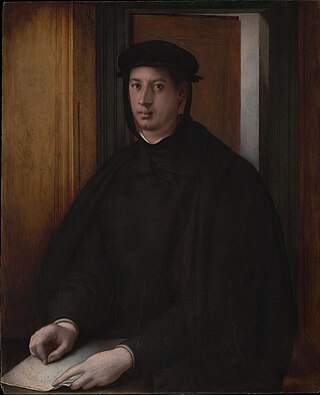
Alessandro de' Medici, nicknamed "il Moro" due to his dark complexion, Duke of Penne and the first Duke of the Florentine Republic, was ruler of Florence from 1530 to his death in 1537. The first Medici to rule Florence as a hereditary monarch, Alessandro was also the last Medici from the senior line of the family to lead the city. His assassination at the hands of distant cousin Lorenzaccio caused the title of Duke to pass to Cosimo I de Medici, from the family's junior branch.
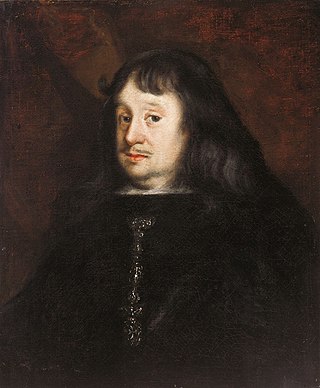
John Joseph of Austria or John of Austria (the Younger) (Spanish: Don Juan José de Austria; 7 April 1629 – 17 September 1679) was a Spanish general and political figure. He was the only illegitimate son of Philip IV of Spain to be acknowledged by the King and trained for military command and political administration. Don John advanced the causes of the Spanish Crown militarily and diplomatically at Naples, Sicily, Catalonia, the Netherlands, Portugal, Dunkirk, and other fronts. He was the governor of the Southern Netherlands from 1656 to 1659. He remained a popular hero even as the fortunes of Imperial Spain began to decline. His feuds with his father's widow, Queen Mariana of Austria, led to a 1677 palace coup through which he exiled Mariana and took control of the monarchy of his half-brother Charles II of Spain. However, he proved far from the saviour Spain had hoped he would be. He remained in power until his death in 1679.

The history of early modern Italy roughly corresponds to the period from the Renaissance to the Congress of Vienna in 1814. The following period was characterized by political and social unrest which then led to the unification of Italy, which culminated in 1861 with the proclamation of the Kingdom of Italy.
The Neapolitan Republic was a republic created in the Kingdom of Naples, which lasted from October 22, 1647, to April 5, 1648. It began after the successful revolt led by Masaniello and Giulio Genoino against King Philip III and his viceroys.

The Spanish Republic, commonly known as the Second Spanish Republic, was the form of government in Spain from 1931 to 1939. The Republic was proclaimed on 14 April 1931 after the deposition of King Alfonso XIII. It was dissolved on 1 April 1939 after surrendering in the Spanish Civil War to the Nationalists led by General Francisco Franco.

The Duchy of Sora was a semi-independent state in Italy, created in 1443 by King Alfonso I of Naples and dissolved in 1796. It occupied the south-eastern part of what is today Lazio, bordering what is now Abruzzo. Its capital was first Sora, and later, under the Boncompagni family, Isola di Sora.
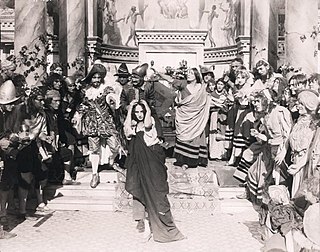
La muette de Portici, also called Masaniello in some versions, is an opera in five acts by Daniel Auber, with a libretto by Germain Delavigne, revised by Eugène Scribe.

Atrani is a city and comune on the Amalfi Coast in the province of Salerno in the Campania region of south-western Italy. It is located to the east of Amalfi, several minutes drive down the coast.

Ascanio Filomarino was an Italian Roman Catholic cardinal, who was Archbishop of Naples from 1641 to 1666.

Paolo Burali d'Arezzo was an Italian priest of the Theatine Order, a bishop, and cardinal of the Roman Catholic Church. His legal skills made him a prominent figure in the law courts of Naples, and then in the councils of government as a defender of the rights of citizens. He abandoned his career to pursue a calling to the religious state, where he became a leader in the Theatine Order. Pope Pius V elevated him to the cardinalate in 1570. He was considered a candidate for the Papacy in 1572, but his stern character did not recommend him to the electors. The new Pope, Gregory XIII, then promoted him to be the Archbishop of Naples, where he served from 1576 to 1578. After his death, he was recognized as beatified and worthy of official recognition by the Church.
Anarchism in Vietnam first emerged in the early 20th century, as the Vietnamese started to fight against the French colonial government along with the puppet feudal dynasty for either independence or higher autonomy. Some famous radical figures such as Phan Bội Châu and Nguyễn An Ninh became exposed to strands of anarchism in Japan, China, and France. Anarchism reached its apex in Vietnam during the 1920s, but it soon began to lose its influence with the introduction of Marxism-Leninism and the beginning of the Vietnamese communist movement. In recent years, Anarchism in Vietnam has attracted new adherents.

The Spanish Civil War was fought from 1936 to 1939 between the Republicans and the Nationalists. Republicans were loyal to the left-leaning Popular Front government of the Second Spanish Republic, and consisted of various socialist, communist, separatist, anarchist, and republican parties, some of which had opposed the government in the pre-war period. The opposing Nationalists were an alliance of Falangists, monarchists, conservatives, and traditionalists led by a military junta among whom General Francisco Franco quickly achieved a preponderant role. Due to the international political climate at the time, the war had many facets and was variously viewed as class struggle, a religious struggle, a struggle between dictatorship and republican democracy, between revolution and counterrevolution, and between fascism and communism. According to Claude Bowers, U.S. ambassador to Spain during the war, it was the "dress rehearsal" for World War II. The Nationalists won the war, which ended in early 1939, and ruled Spain until Franco's death in November 1975.
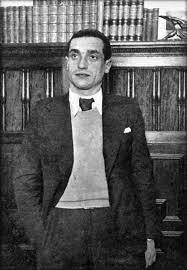
Joaquín Ascaso Budría was an Aragonese anarcho-syndicalist and President of the Regional Defence Council of Aragon between 1936 and 1937.
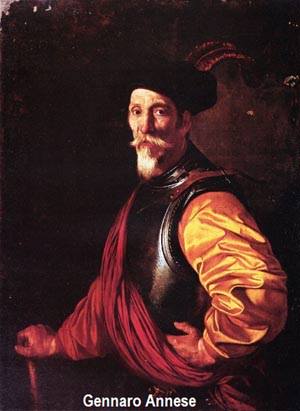
Gennaro Annese was an Italian revolutionary, who led the rebels in Naples against Spain in 1647–48.
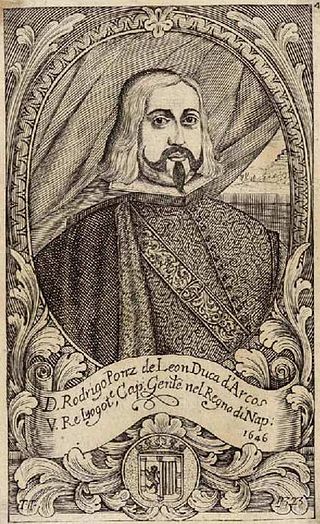
Rodrigo Ponce de León, 4th Duke of Arcos, was a Grandee of Spain and a Knight of the Order of the Golden Fleece. He served as Viceroy of Valencia and of Naples.

Salvator Rosa is an opera seria in four acts composed by Antônio Carlos Gomes to a libretto in Italian by Antonio Ghislanzoni. It premiered at the Teatro Carlo Felice in Genoa on 21 March 1874. The plot is based on Eugène de Mirecourt's 1851 adventure novel, Masaniello, in turn loosely based on the lives of the Italian painter and poet, Salvator Rosa and Masaniello, a Neapolitan fisherman, who became leader of the 1647 revolt against the Spanish Habsburg rule in Naples.
The Conspiracy of Macchia was a three-day uprising occurring in Naples in 1701, immediately after the ascension of the first Bourbon monarch to the Spanish throne, an event that precipitated the War of the Spanish Succession. In this short revolt, Neapolitan nobles attempted to seize control of the kingdom from the Spanish viceroy, but failed.

















